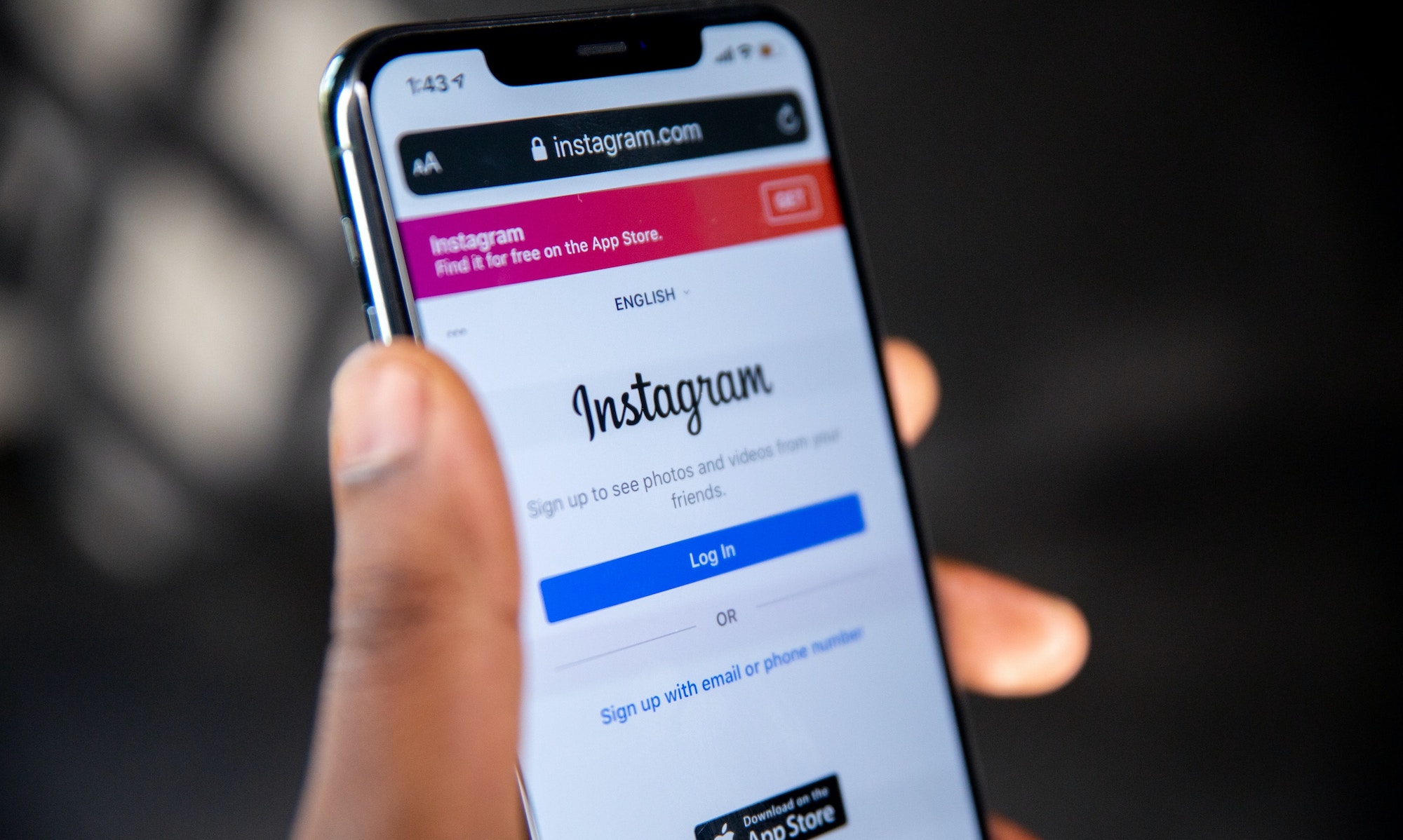Funding the creator economy: 2020-21 industry update
.png)
If you live any part of your life online, you’ve likely heard that the creator economy is booming.
But what does that really mean?
The “creator economy” is made up of a lot of players:
- Content creation apps (ex. Mojo, Splice)
- Off-platform monetization tools (ex. OnlyFans, Substack)
- Fan interaction apps (ex. Cameo)
- Course software (ex. Skillshare)
- Admin tools (ex. Linktree)
- Merch services (ex. Printify)
But at a high level, the creator economy can also be considered like this:
More than 50 million self-employed content creators are monetizing themselves and their creations through digital platforms.
Digital platforms like TikTok, Instagram, YouTube, OnlyFans, Twitch, etc. house creator content and funnel varying amounts of revenue to each creator, depending on audience size and views.
Creator agencies and platforms provide additional infrastructure to make the creator economy happen: they connect creators to brands that want to sponsor them, they make it easier to approve and distribute sponsored content, and they help creators get paid faster.
That last pillar is important—77% of creators make most of their revenue from brand sponsorships, three times more than every other income source combined. That means creators need tools to make sure brands can find them, create with them, and pay them.
Creator economy funding highlights
Creator economy startups have had an interesting couple of years.
According to CB Insights, 2020 saw more VC funding deals but at a much smaller size than in 2021—it seems investors are placing larger bets on a smaller amount of companies that have emerged victorious after the onset of the pandemic.

2021 major funding within the creator economy
- Patreon: $155M Series F at a $4B valuation
- Kajabi: $550M initial funding at a $2B valuation
- Cameo: $100M Series C at a $1B valuation
- Substack: $65M Series B at a $650M valuation
Creator marketing platform funding 2020-21
Creator marketing platforms like #paid are also seeing major VC investments in 2020-21. Why?
In a brand new announcement of #paid’s $15 million Series B, Scott Frederick, Managing Director, Strategic Initiatives, Sands Capital, says, “Creators, who are at the center of this industry, are looking for ways to monetize their work and earn a bigger piece of overall revenue. We look forward to #paid’s continued platform developments, as well as the company’s advocacy for the creators to monetize within their networks.”
Creator platforms are also advocacy platforms, which is crucial for an industry that remains largely unregulated for creators.
Here are some of the major developments we’ve seen in funding of creator platforms in 2020-21:
#paid
2021: $15M Series B
Total funding: $25M
Notable investors: Arati Sharma, Web Smith, Nik Sharma, Murda Beatz, Jasmine Lorimer, Ryan Millier, Alen Palander, and The XO Crew.
How we’re using it: With this investment, #paid will continue to develop its platform offering and market expansion to new digital channels. This will allow brands to scale their creator marketing efforts, and reach new audiences with creator-generated content that is more relatable to their customers. This also empowers creators to monetize more channels and increase their brand collaborations and income.
“Creators are at the forefront of everything we do," said Bryan Gold, CEO, and Co-Founder of #paid. “We make it easier for creators to partner with top-tier brands and help those brands create content that better resonates with their audience. With the support of Sands Capital—and our other investors—we can continue to scale our platform offerings, to allow even more creators to find brand partnership opportunities that drive impact and ROI.”
GRIN
GRIN is a marketing software that enables direct-to-consumer brands to collaborate and manage their relationships with influencers.
2020-21: $26M Series A
Total funding: $35.3M
How they’re using it: “The new funding will be used to expand GRIN’s go-to-market strategy and lay the groundwork for moving into new use cases by building the world’s first opinion leader platform.”
CreatorIQ
2020: $24M Series C
Total funding: $40.8M
How they’re using it: “All-new customer experience, data science, paid media & advanced measurement, global expansion, as well as strategic alliances & partnerships.”
Tongal
2020: $13M Series d
Total funding: $36.2M
How they’re using it: “Tongal will use the money to expand its platform and further invest in technology and infrastructure that connects talent.”
Influence.co
2020: $3M seed round
Total funding: $3.9M
How they’re using it: To establish their operations as an up-and-coming creator platform.
Top creator economy trends
Creator marketing, or influencer marketing, is expected to surpass $3 billion in spending by brands this year.
So far, in 2021, the creator economy as a whole has seen $1.3 billion in investment funding—almost three times more than in all of 2020.
Before we talk about major funding highlights from 2020-21, there are three creator economy trends you should know about if you have any skin in the game:
- “Never build your house on rented land.” Creators are taking that advice to heart and moving their most enthusiastic supporters off social platforms and on to their own websites, apps, and other monetization platforms.
- Creators are becoming entrepreneurs, and many of them are starting businesses after they build their audiences.
- Audiences want to connect with micro- or mid-sized creators one-on-one, a lot more than they want to connect with brands or even celebrities. That’s why smaller creators tend to see higher engagement rates.
You could say the creator economy, while still new, is coming into its own. But more importantly, it’s becoming … unwieldy.
Enter creator marketing platforms: the tools that power the undercarriage of the machine that is brand marketing.
As creator online presence becomes more decentralized, it will be more important than ever to access platforms that can centralize discovery, creative process, legal frameworks, and payment.
Investors know this, and they’re funding it.














.png)
.png)









.jpg)
.jpg)
.jpg)
.png)



.png)
.jpeg)

























































.jpg)





















